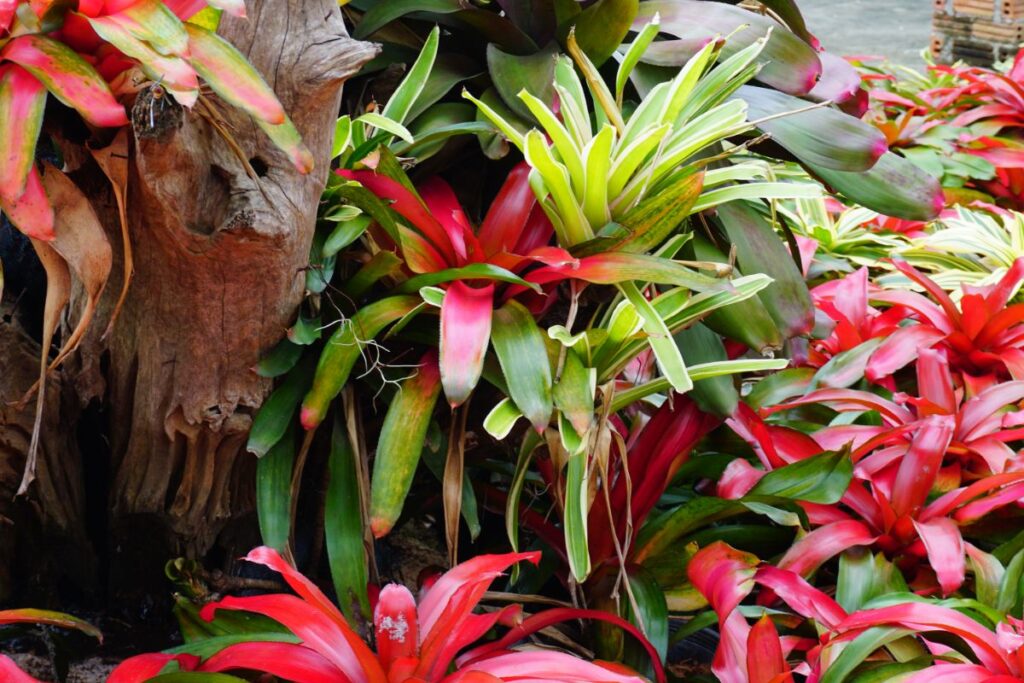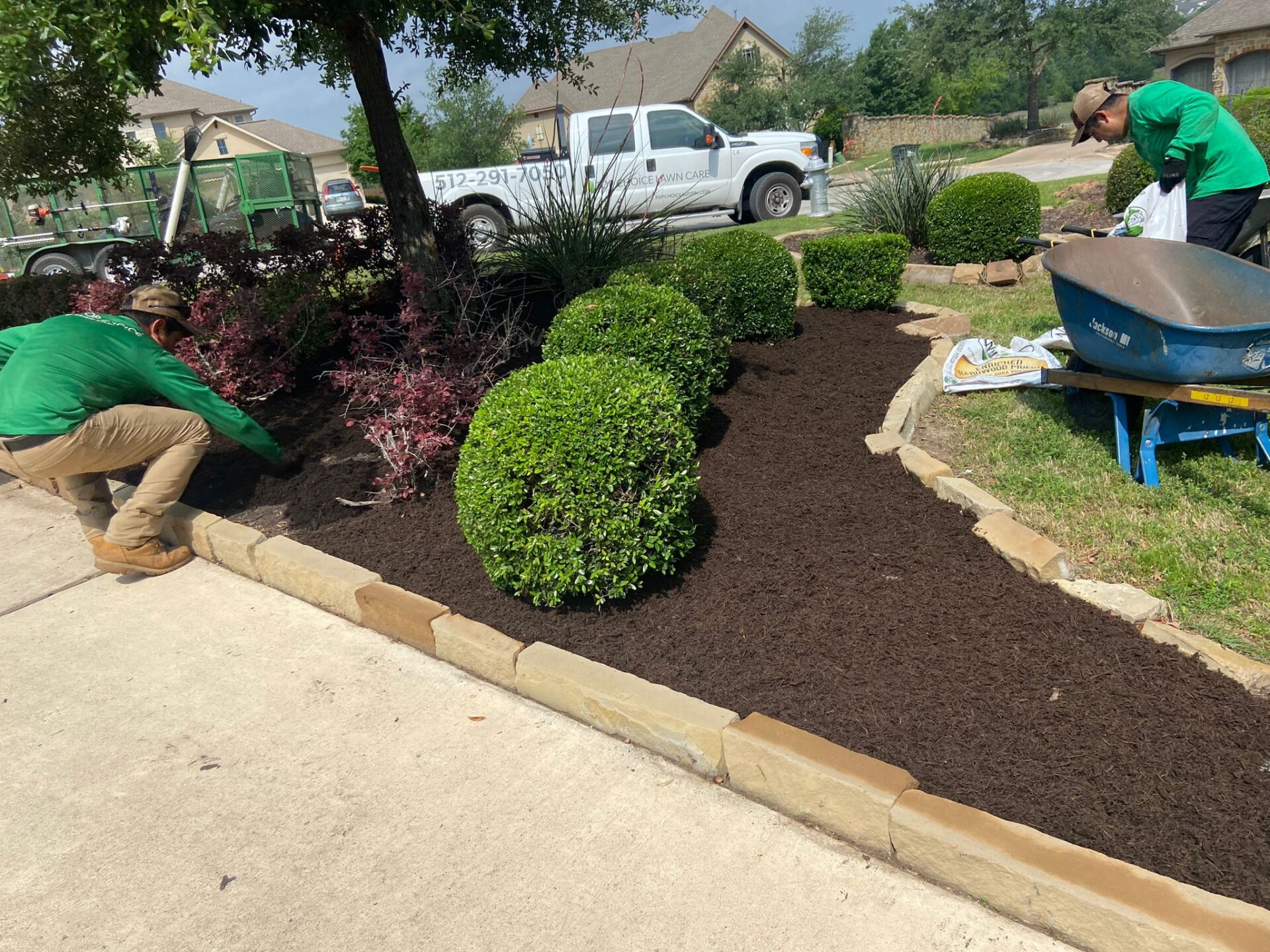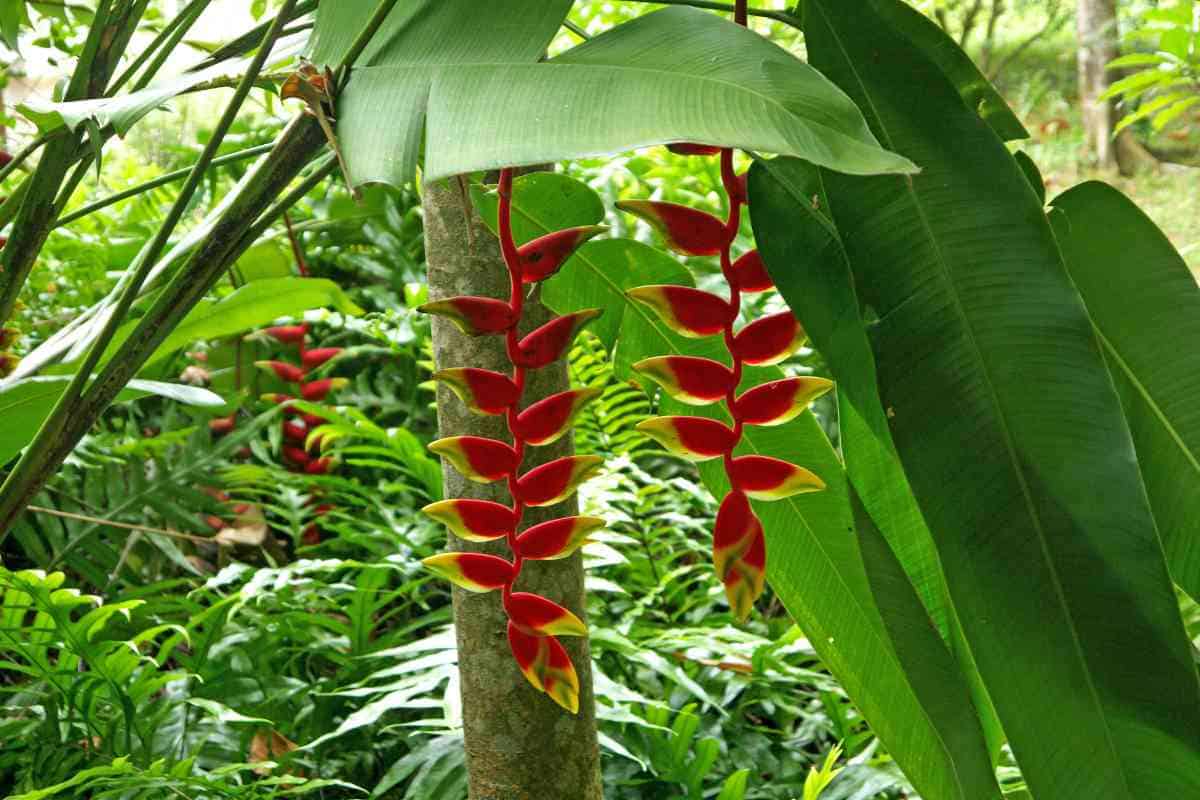
Cultivating Uncommon Beauty: Your Guide to Growing Unique Ornamental Plants
The world of gardening is a vast and wondrous realm, filled with a kaleidoscope of colors, textures, and forms. While the familiar favorites like roses and petunias have their undeniable charm, there’s a certain thrill in venturing off the beaten path, in discovering and nurturing the unusual, the extraordinary. This is the allure of growing unique ornamental plants – a journey into a world of botanical oddities, captivating curiosities, and plants that truly stand out from the crowd. This comprehensive guide will be your companion on this exciting adventure, providing you with the knowledge, inspiration, and practical tips you need to cultivate your own collection of uncommon beauty.
Why Grow Unique Ornamental Plants?
Beyond the aesthetic appeal, there are numerous compelling reasons to embrace the cultivation of unique ornamental plants:
- Aesthetic Uniqueness: These plants offer a visual spectacle that sets your garden apart. They are conversation starters, adding a touch of individuality and personality to your outdoor space.
- Increased Biodiversity: By growing a diverse range of plants, you contribute to the overall health and resilience of your local ecosystem. You provide habitat and food sources for a wider variety of beneficial insects, birds, and other wildlife.
- Personal Satisfaction: There’s a profound sense of accomplishment and joy in successfully nurturing a rare or unusual plant. It’s a rewarding experience that connects you with the natural world in a deeper way.
- Challenge and Learning: Growing unique plants often requires a deeper understanding of plant care, soil conditions, and environmental factors. This journey of learning and experimentation can be incredibly enriching.
- Investment and Value: Some rare or unusual plants can appreciate in value over time, becoming a valuable addition to your collection.
Getting Started: Planning Your Unique Garden
Before you start acquiring exotic specimens, careful planning is crucial for success. Consider these key aspects:
1. Climate and Microclimate Assessment
Your local climate is the primary determinant of which plants will thrive in your garden. Research your USDA Plant Hardiness Zone to understand the average minimum winter temperatures in your area. This will help you narrow down your plant choices to those that are likely to survive and flourish. Beyond the overall climate, assess your microclimates. These are localized variations in temperature, humidity, and sunlight within your garden. Factors such as proximity to buildings, walls, or trees can create warmer or cooler pockets, allowing you to expand the range of plants you can grow. Consider the sun exposure in different areas of your garden, as some plants require full sun, while others prefer shade or partial shade. Evaluate the wind patterns, as strong winds can damage delicate plants.
2. Soil Analysis and Preparation
Healthy soil is the foundation of any successful garden. Conduct a soil test to determine its composition (sand, silt, clay), pH level, and nutrient content. This information will guide you in amending the soil to create the optimal growing environment for your chosen plants. Most unique ornamental plants prefer well-draining soil. If your soil is heavy clay, amend it with organic matter such as compost, aged manure, or peat moss to improve drainage and aeration. Incorporate these amendments to a depth of at least 12 inches. If your soil is sandy, organic matter will help retain moisture and nutrients. Adjust the pH if necessary, based on your soil test results. Most plants thrive in a slightly acidic to neutral pH range (6.0-7.0). Consider adding mulch to your beds to help retain moisture, suppress weeds, and regulate soil temperature.
3. Plant Selection: Research and Inspiration
This is the most exciting part! Begin by researching plants that pique your interest. Explore online nurseries, botanical gardens, and gardening books and magazines for inspiration. Consider the following factors when selecting your plants:
- Hardiness: Ensure the plants are suitable for your climate zone.
- Sunlight Requirements: Match the plants’ needs to the available sunlight in your garden.
- Watering Needs: Consider your ability to provide adequate water, as some plants are drought-tolerant while others require consistent moisture.
- Soil Preferences: Understand the soil requirements of each plant and amend your soil accordingly.
- Mature Size and Growth Habit: Consider the mature size and growth habit of each plant to ensure it fits comfortably in your garden space and doesn’t overcrowd other plants.
- Maintenance Requirements: Some plants require more pruning, fertilizing, or pest control than others.
- Availability: Check to see if the plants are available for purchase from local nurseries or online retailers. Consider the source and quality of the plants.
Here are some examples of unique ornamental plants to get you started:
- Fruiting Plants: These plants offer not only visual appeal, but also an edible harvest.
- Japanese Maple (Acer palmatum) varieties: Known for their stunning foliage colors and graceful forms.
- Pitcher Plants (Sarracenia): Carnivorous plants that add a unique touch to bog gardens.
- Hardy Succulents (Sempervivum, Sedum): Drought-tolerant plants with diverse forms and colors.
- Cacti and Euphorbias: Desert plants that offer architectural interest and unique textures.
4. Garden Design and Layout
Once you’ve chosen your plants, plan their placement in your garden. Consider the following:
- Sunlight and Shade: Group plants with similar sunlight requirements together.
- Watering Zones: Group plants with similar watering needs to simplify irrigation.
- Visual Harmony: Consider the color, texture, and form of the plants to create a visually appealing design.
- Height and Spacing: Arrange plants to create layers and depth, considering their mature size and spacing requirements.
- Accessibility: Ensure easy access to plants for maintenance and enjoyment.
Cultivating Success: Essential Growing Tips
Once you have your plants, proper care is crucial for their health and vitality:
1. Planting Techniques
Follow these steps for successful planting:
- Prepare the planting hole: Dig a hole that is twice as wide as the root ball and as deep as the root ball.
- Amend the soil: Mix compost or other organic matter with the soil removed from the hole.
- Remove the plant from its container: Gently loosen the roots if they are root-bound.
- Place the plant in the hole: Position the top of the root ball at or slightly above the soil surface.
- Backfill the hole: Fill the hole with the amended soil, gently tamping it down to remove air pockets.
- Water thoroughly: Water the newly planted plant deeply.
- Mulch: Apply a layer of mulch around the plant to retain moisture and suppress weeds.
2. Watering Practices
Watering is a critical aspect of plant care. Follow these guidelines:
- Water deeply and infrequently: This encourages deep root growth, making plants more drought-tolerant.
- Water at the base of the plant: Avoid wetting the foliage, as this can increase the risk of fungal diseases.
- Consider the plant’s specific needs: Some plants require more water than others. Research the watering needs of each plant in your collection.
- Monitor the soil moisture: Check the soil moisture regularly to determine when to water.
- Use a soaker hose or drip irrigation system: These methods deliver water directly to the roots, minimizing water waste.
3. Fertilizing Strategies
Fertilizing provides essential nutrients for plant growth and health. Follow these tips:
- Test your soil: A soil test will reveal any nutrient deficiencies.
- Choose the right fertilizer: Select a fertilizer that is appropriate for the type of plant and its specific needs. Consider slow-release fertilizers for sustained nutrient delivery.
- Follow the instructions: Carefully follow the instructions on the fertilizer package. Over-fertilizing can damage plants.
- Fertilize at the appropriate time: Fertilize plants during their growing season, typically in spring and summer.
- Consider organic fertilizers: Organic fertilizers are derived from natural sources and can improve soil health.
4. Pruning and Maintenance
Regular pruning and maintenance are essential for keeping your plants healthy and looking their best:
- Prune regularly: Prune plants to remove dead, damaged, or diseased branches, and to shape and control their growth.
- Prune at the appropriate time: Prune plants at the appropriate time of year, depending on their species.
- Deadhead spent flowers: Removing spent flowers encourages new blooms.
- Weed regularly: Remove weeds to prevent them from competing with your plants for nutrients, water, and sunlight.
- Monitor for pests and diseases: Inspect your plants regularly for signs of pests or diseases. Take action promptly if you notice any problems.
Troubleshooting Common Issues
Even with the best care, problems can arise. Here are some common issues and how to address them:
1. Pests
Pests can damage plants and hinder their growth. Some common pests include:
- Aphids: Small, soft-bodied insects that suck sap from plants.
- Spider mites: Tiny pests that can cause webbing on plants.
- Scale insects: Insects that attach themselves to stems and leaves.
- Mealybugs: Soft-bodied insects that feed on plant sap.
Control Methods:
- Inspect plants regularly: Early detection is key to controlling pests.
- Remove pests manually: Handpick pests or use a strong spray of water to dislodge them.
- Use insecticidal soap or horticultural oil: These are effective against many pests and are less harmful to beneficial insects.
- Introduce beneficial insects: Ladybugs, lacewings, and other beneficial insects can help control pest populations.
- Use systemic insecticides: Systemic insecticides are absorbed by the plant and can kill pests that feed on it. Use with caution and follow all label instructions.
2. Diseases
Diseases can also affect the health of your plants. Common diseases include:
- Fungal diseases: Powdery mildew, rust, and black spot are common fungal diseases.
- Bacterial diseases: Bacterial leaf spot and blight can affect plants.
- Viral diseases: Viruses can cause a variety of symptoms, including stunted growth and distorted leaves.
Control Methods:
- Preventative measures: Provide good air circulation, avoid wetting the foliage, and choose disease-resistant varieties.
- Remove infected plant parts: Prune away infected leaves, stems, or branches.
- Use fungicides: Fungicides can help control fungal diseases. Follow all label instructions.
- Use bactericides: Bactericides can help control bacterial diseases. Follow all label instructions.
- Remove and destroy infected plants: If a plant is severely infected, it may be necessary to remove and destroy it to prevent the disease from spreading.
3. Environmental Stress
Environmental stress can weaken plants and make them more susceptible to pests and diseases. Common stressors include:
- Drought: Lack of water can stress plants.
- Heat: Extreme heat can damage plants.
- Cold: Extreme cold can damage plants.
- Poor soil: Poor soil can limit plant growth.
- Nutrient deficiencies: Lack of essential nutrients can weaken plants.
Control Methods:
- Water regularly: Provide adequate water, especially during dry periods.
- Provide shade: Protect plants from extreme heat by providing shade.
- Protect from cold: Protect plants from extreme cold by covering them or moving them indoors.
- Amend the soil: Improve soil conditions by adding organic matter.
- Fertilize regularly: Provide essential nutrients by fertilizing plants regularly.
Expanding Your Horizons: Advanced Techniques
Once you gain experience, you can explore more advanced techniques to enhance your gardening skills:
1. Propagation
Propagating plants allows you to create new plants from existing ones, expanding your collection and sharing your treasures with others. Common propagation methods include:
- Seed propagation: Starting plants from seeds.
- Cuttings: Taking cuttings from stems or leaves to root new plants.
- Division: Separating clumps of plants to create new plants.
- Layering: Encouraging roots to form on a stem while it is still attached to the parent plant.
2. Grafting
Grafting involves joining two different plants together so they grow as one. This technique can be used to combine the desirable traits of two plants, such as disease resistance and fruit production. It’s a more advanced technique, but can be a rewarding one.
3. Bonsai Techniques
Bonsai is the art of cultivating miniature trees in containers. It involves pruning, wiring, and shaping the trees to create aesthetically pleasing forms. If you’re up for a new challenge, this is a fascinating path to explore.
4. Greenhouse Gardening
A greenhouse provides a controlled environment for growing plants, extending the growing season and allowing you to cultivate plants that would not otherwise thrive in your climate. Greenhouses can range from simple structures to elaborate, climate-controlled environments.
Sourcing Your Unique Plants: Where to Buy
Finding the right plants is a key part of the process. Consider these sources:
- Local Nurseries: Local nurseries often carry a selection of unique and unusual plants, and the staff can provide valuable advice specific to your region.
- Specialty Nurseries: Nurseries that specialize in particular plant types, such as succulents, cacti, or tropical plants, offer a wider selection of unique specimens.
- Online Nurseries: Online nurseries provide access to a vast array of plants, often including rare and hard-to-find varieties. Be sure to check the nursery’s reputation and shipping policies.
- Botanical Gardens: Botanical gardens often host plant sales, providing an opportunity to acquire unique plants and learn from experts.
- Plant Societies: Plant societies, such as the American Horticultural Society, often hold plant sales and offer valuable resources for plant enthusiasts.
- Plant Swaps: Plant swaps are a great way to connect with other gardeners and exchange plants and cuttings.
Embracing the Journey: The Rewards of Growing Unique Ornamental Plants
Growing unique ornamental plants is more than just a hobby; it’s a journey of discovery, a celebration of beauty, and a connection to the natural world. It’s a chance to express your creativity, learn new skills, and create a garden that is truly your own. Embrace the challenges, celebrate the successes, and enjoy the process of cultivating uncommon beauty. The rewards are immeasurable.
As you delve into the world of unique ornamental plants, remember that patience, observation, and a willingness to learn are your greatest assets. Each plant has its own unique needs and characteristics, and the more you learn about them, the more successful you will be. Don’t be afraid to experiment, try new things, and learn from your mistakes. The journey of growing unique ornamental plants is a continuous learning process, and it’s a journey that will bring you joy and satisfaction for years to come.
So, step outside, explore the possibilities, and begin your adventure in the world of unique ornamental plants. Your garden – and your life – will be enriched by the experience.


